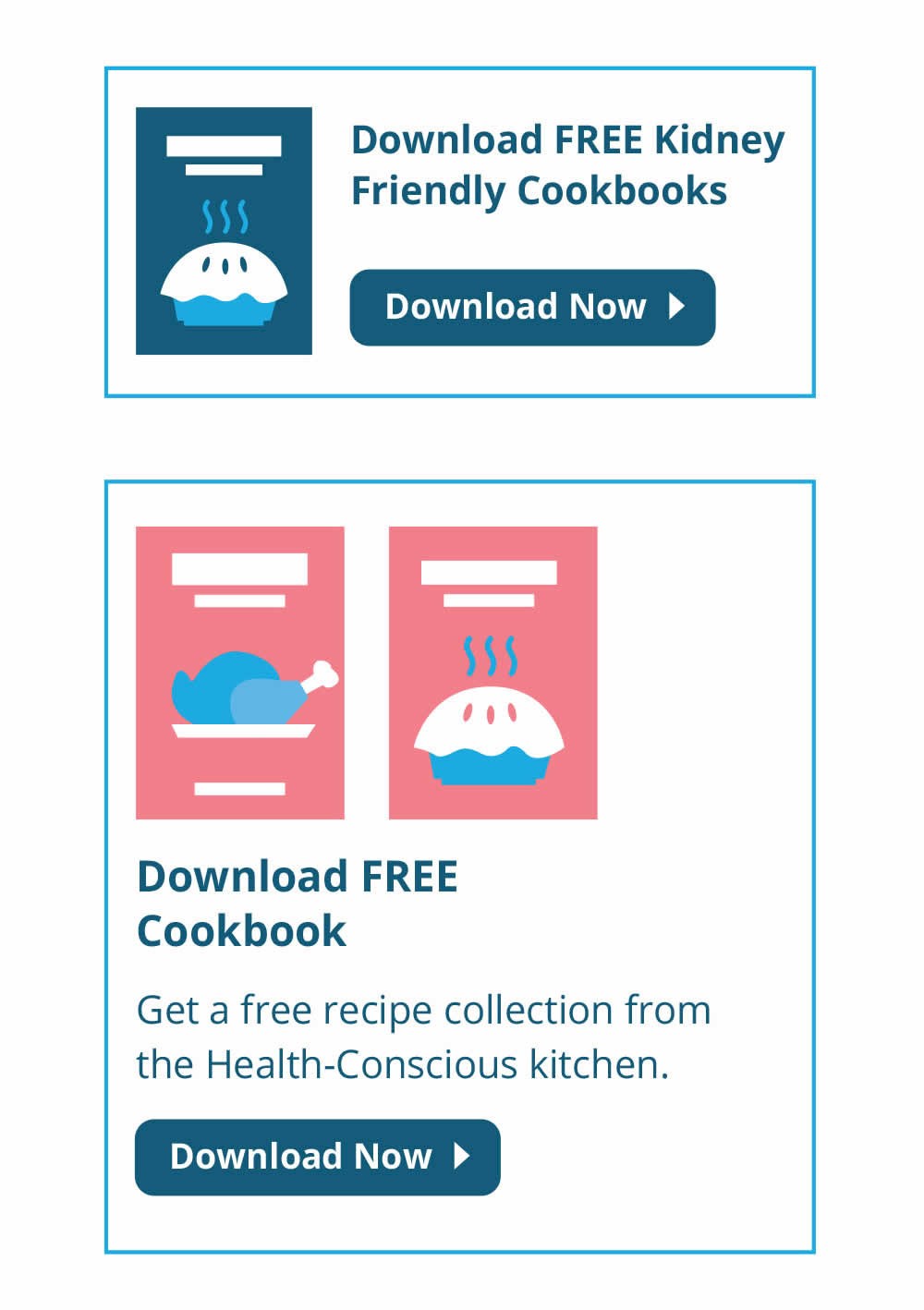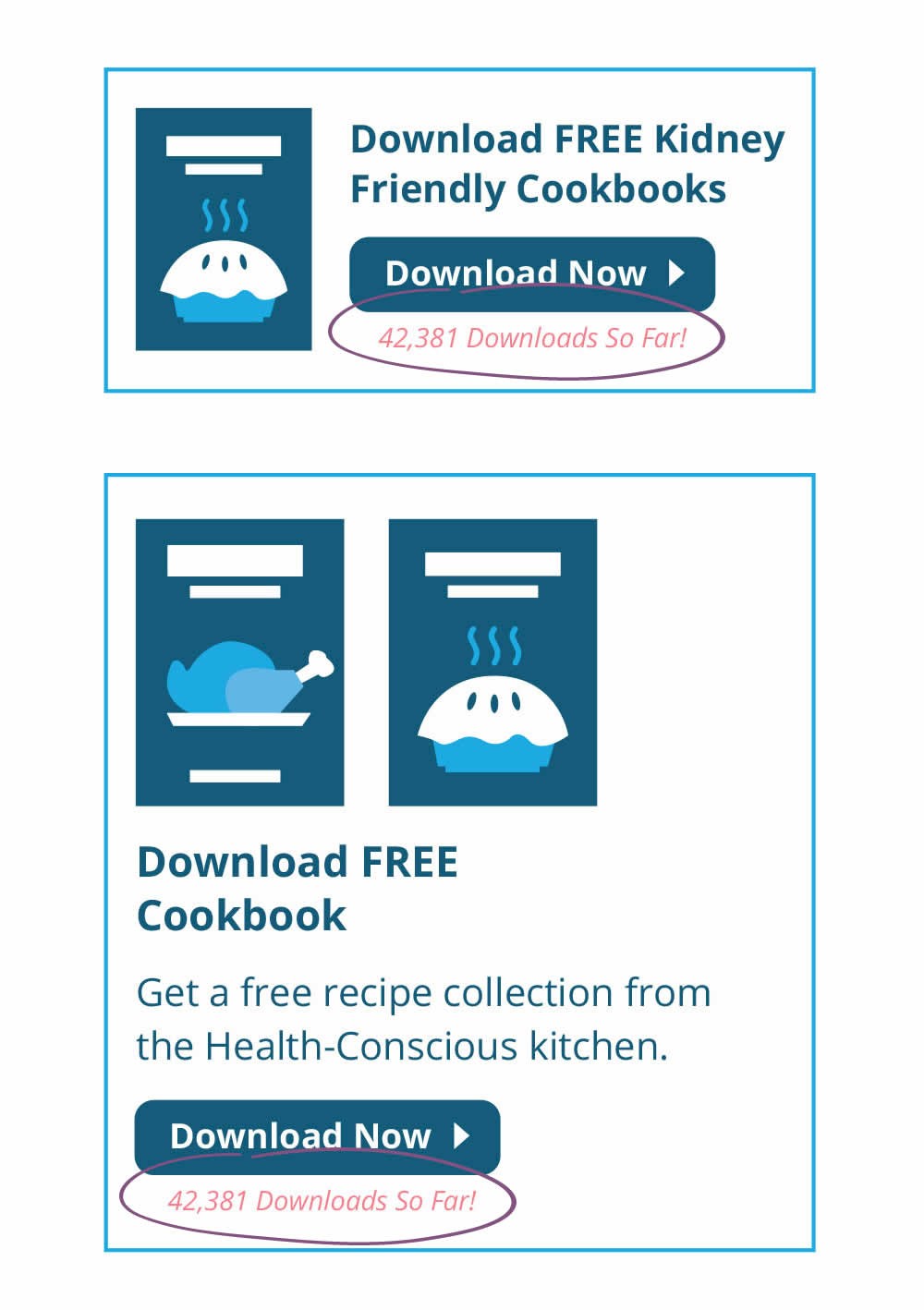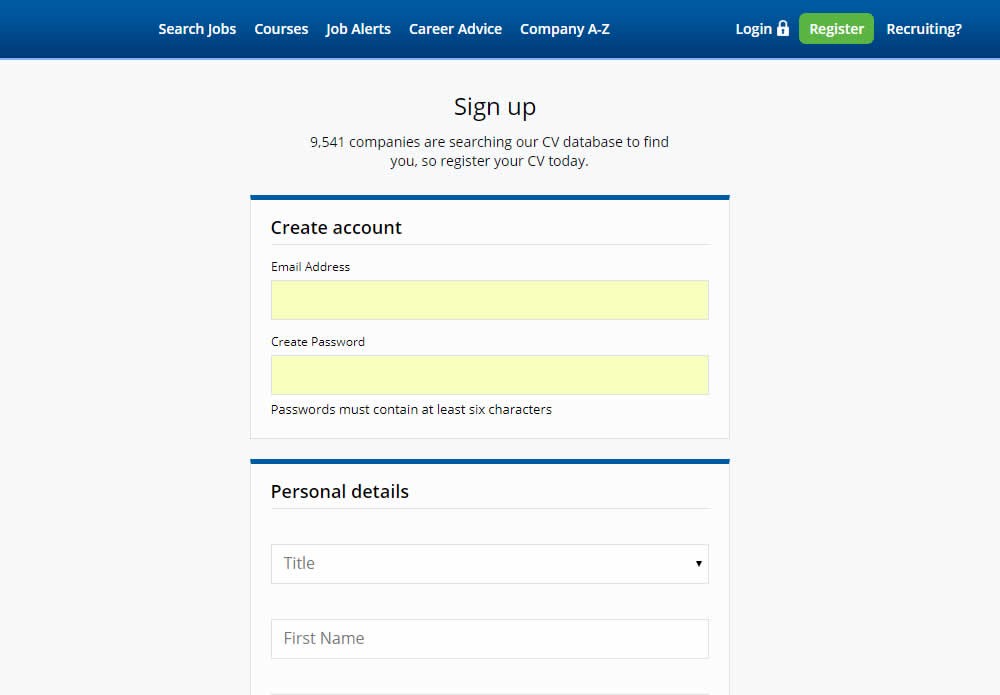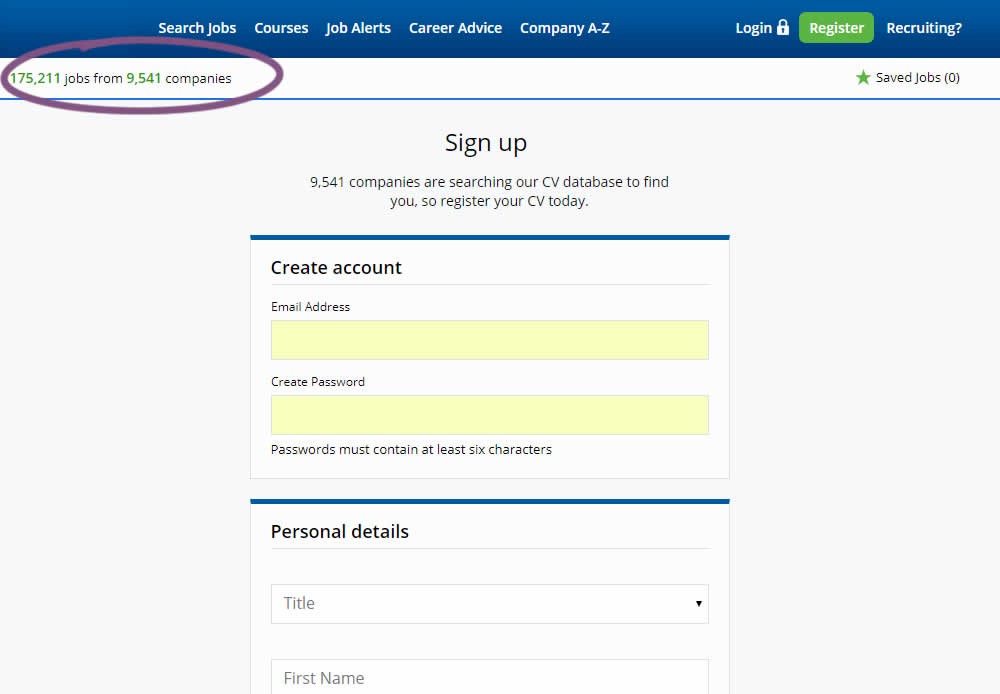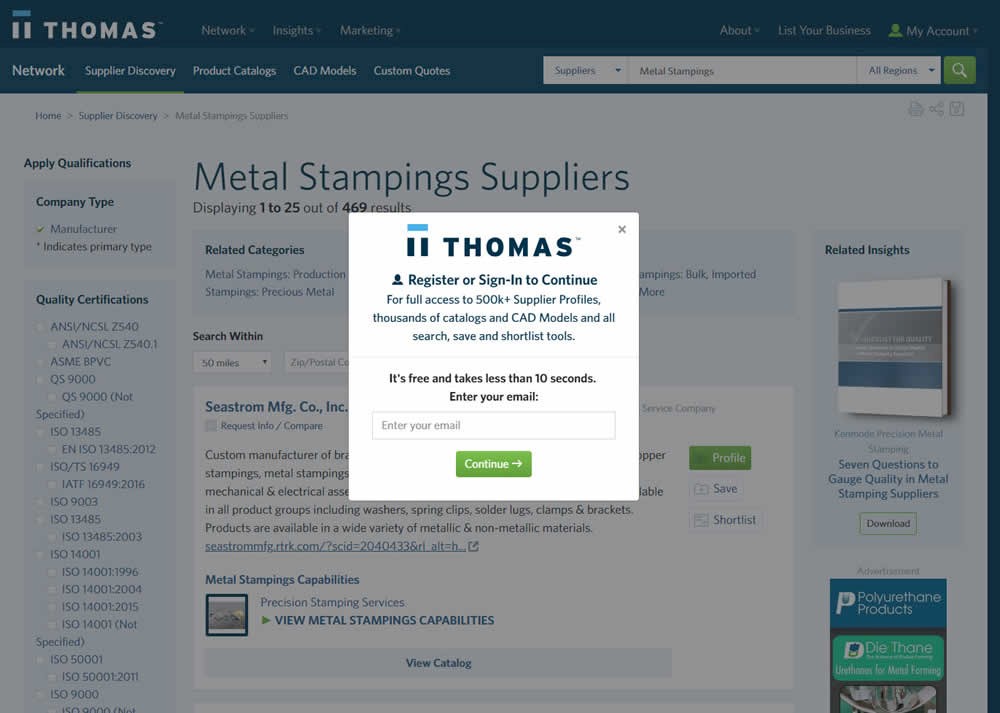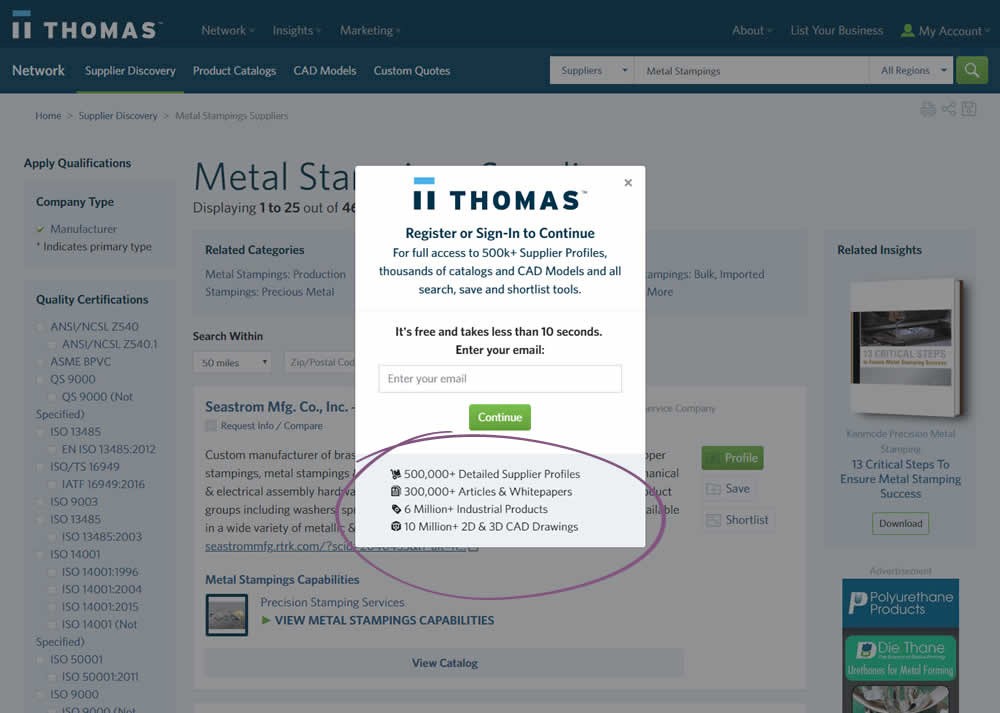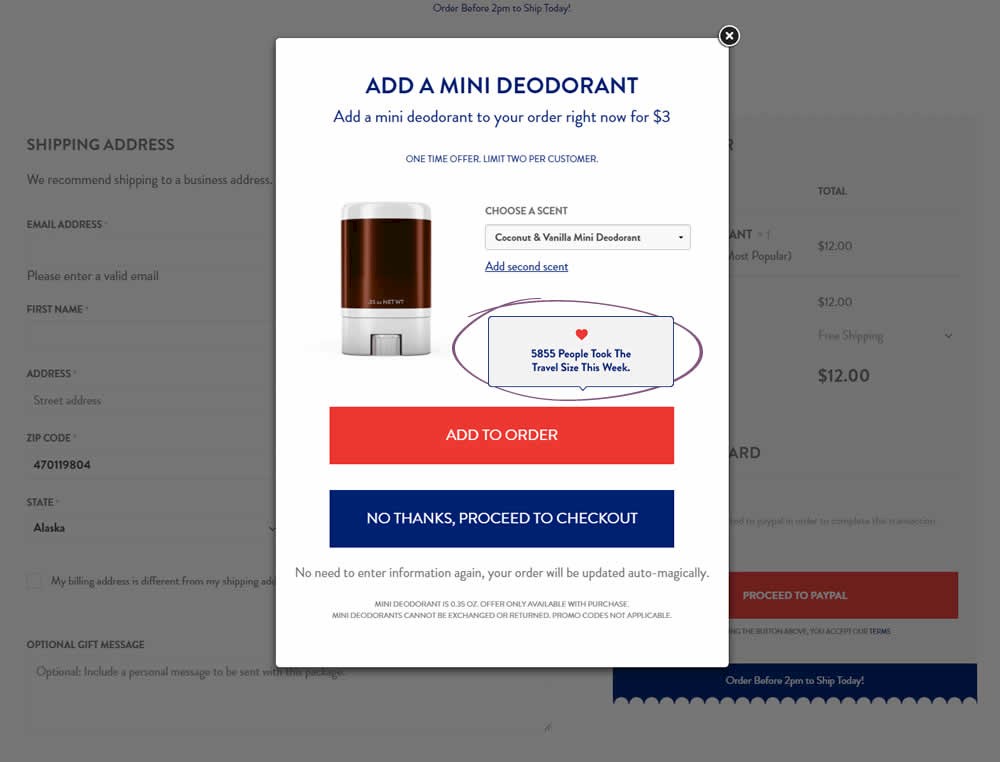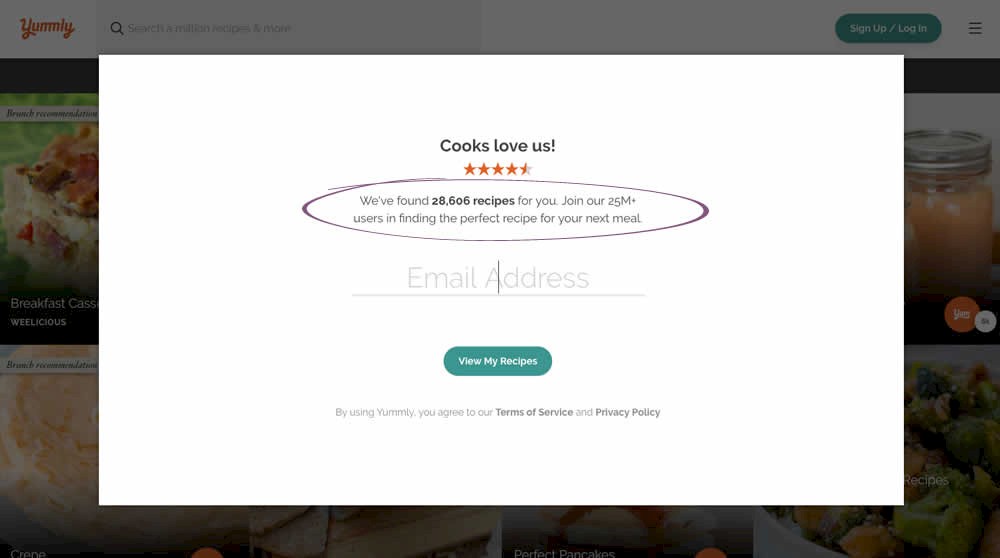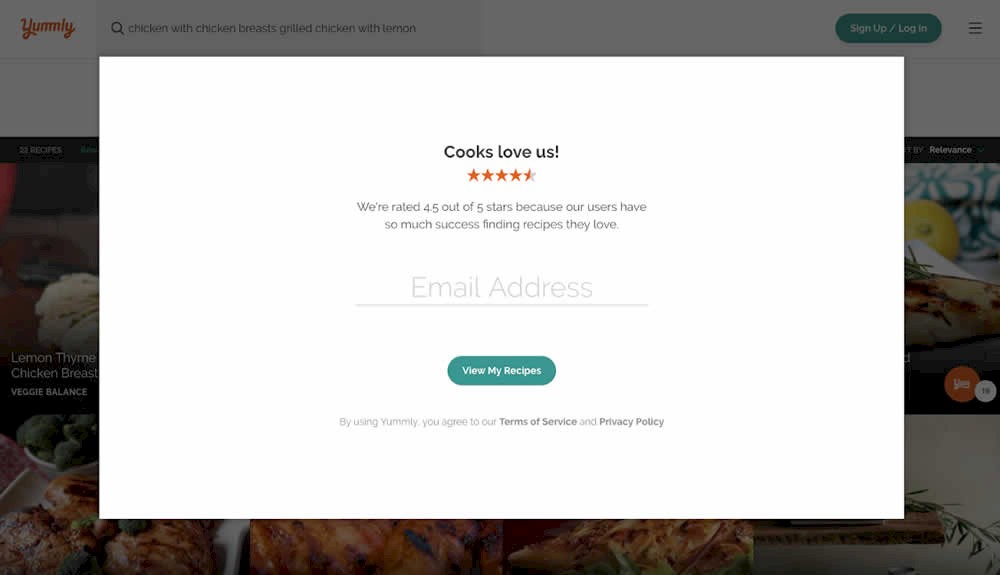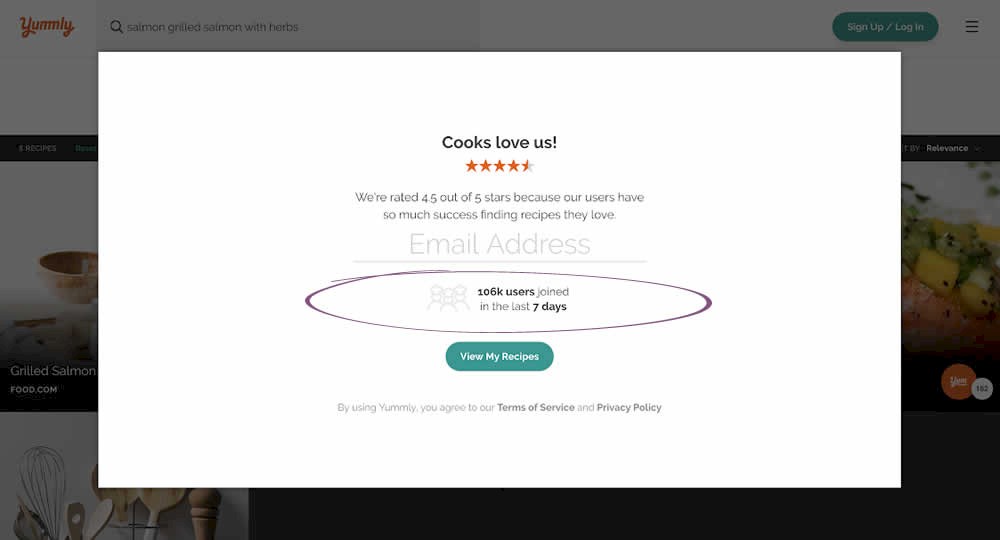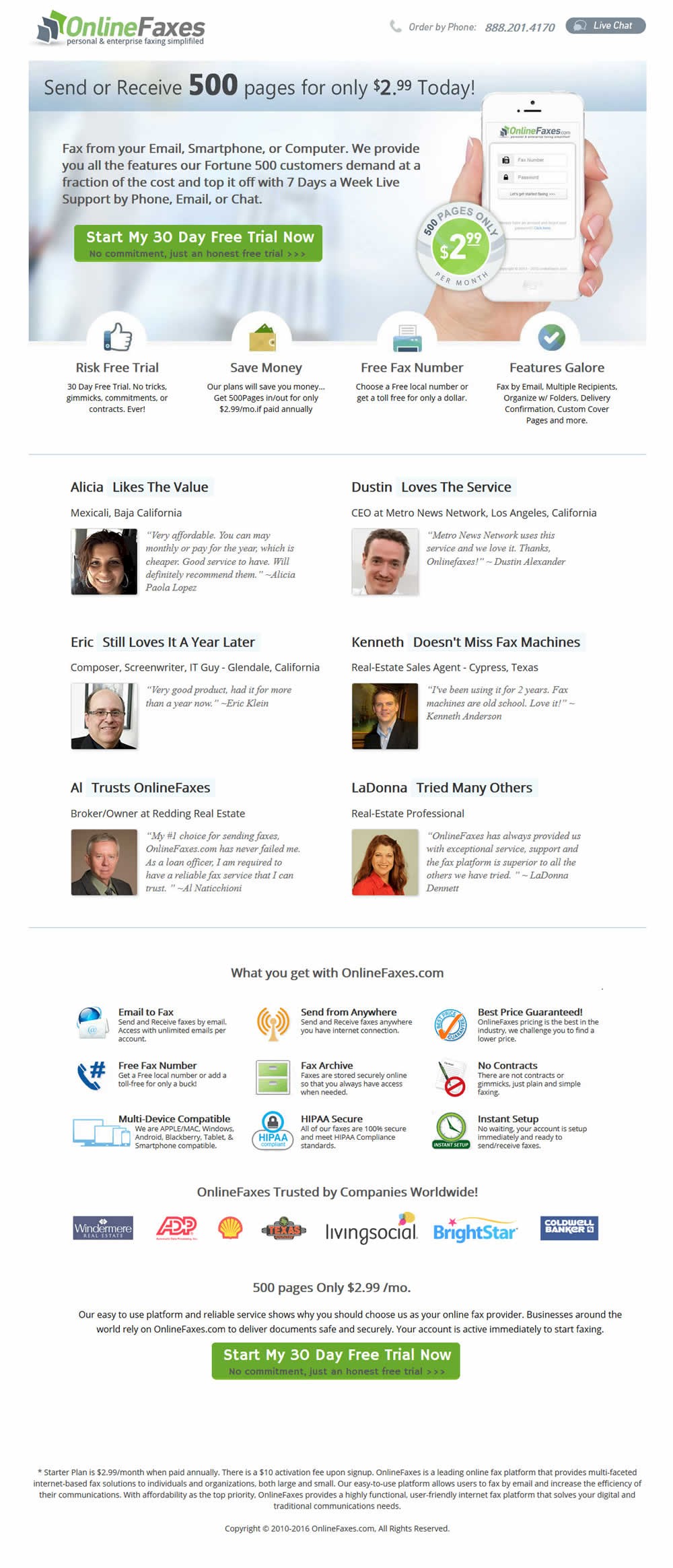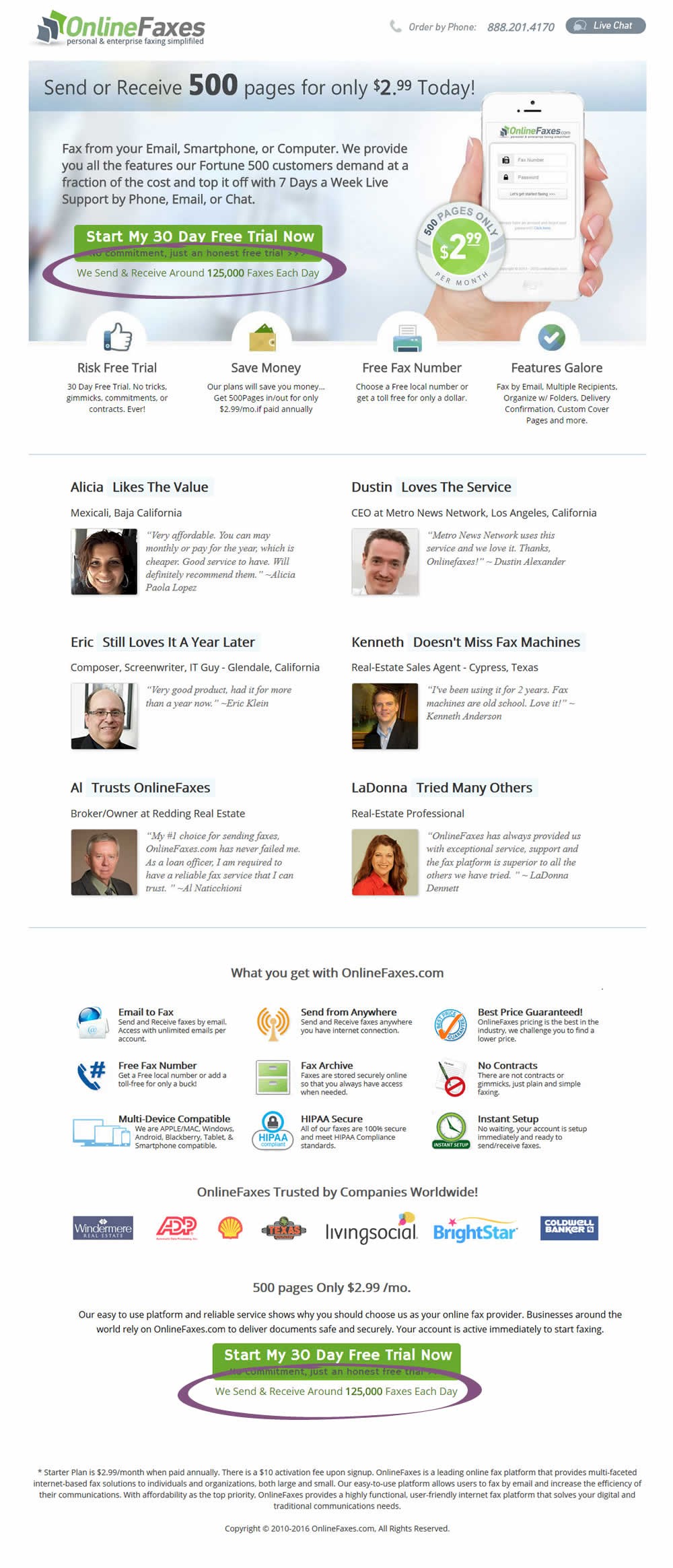Pattern #7: Social Counts Save Pattern Bookmark
Pattern Author:
 Jakub Linowski
- Founder & Editor @ GoodUI.org
Jakub Linowski
- Founder & Editor @ GoodUI.org
Based on 7 Tests, Members See How Likely This Pattern Will Win Or Lose And Its (?) Median Effect
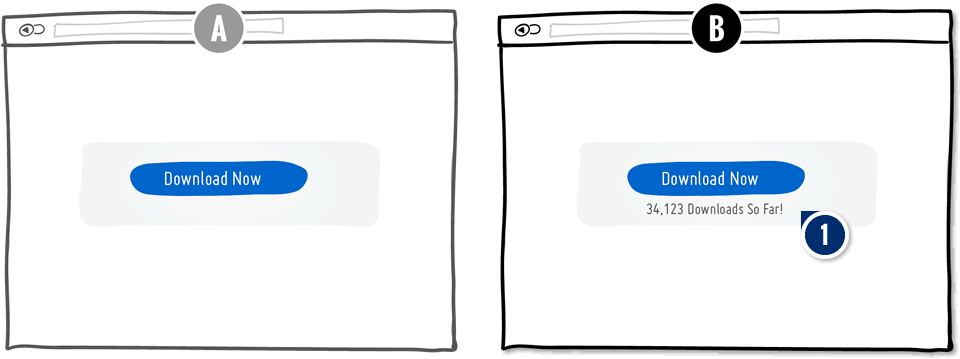
-
Add: Usage Numbers Social Proof
Show how many customer or users there are for a given product or application.
Median Effects
?
Engagement
Ex: Any Action / Visit
(2 tests)
?
Conversions
Ex: Signups, Leads
(5 tests)
?
Sales
Ex: Transactions, Upsells
(2 tests)
?
Revenue
Ex: AOV, LTV
?
Retention
Ex: Return Visits
?
Referrals
Ex: Social Shares
Leaks
Airbnb A/B Tests And Rejects Both Of These Social Proof Statements
Many companies have already tried and tested the pattern of displaying numerical social proof in some form or another. In this leaked experiment from Airbnb on their host signup landing page, we managed to detect two social proof statements that were eventually rejected. Here are some potential explanations as to possibly why they failed to deliver on an improvement. View Leak
For each pattern, we measure three key data points derived from related tests:
REPEATABILITY - this is a measure of how often a given pattern has generated a positive or negative effect. The higher this number, the more likely the pattern will continue to repeat.
SHALLOW MEDIAN - this is a median effect measured with low intent actions such as initiating the first step of a lengthier process
DEEP MEDIAN - this is derived from the highest intent metrics that we have for a given test such as fully completed signups or sales.


